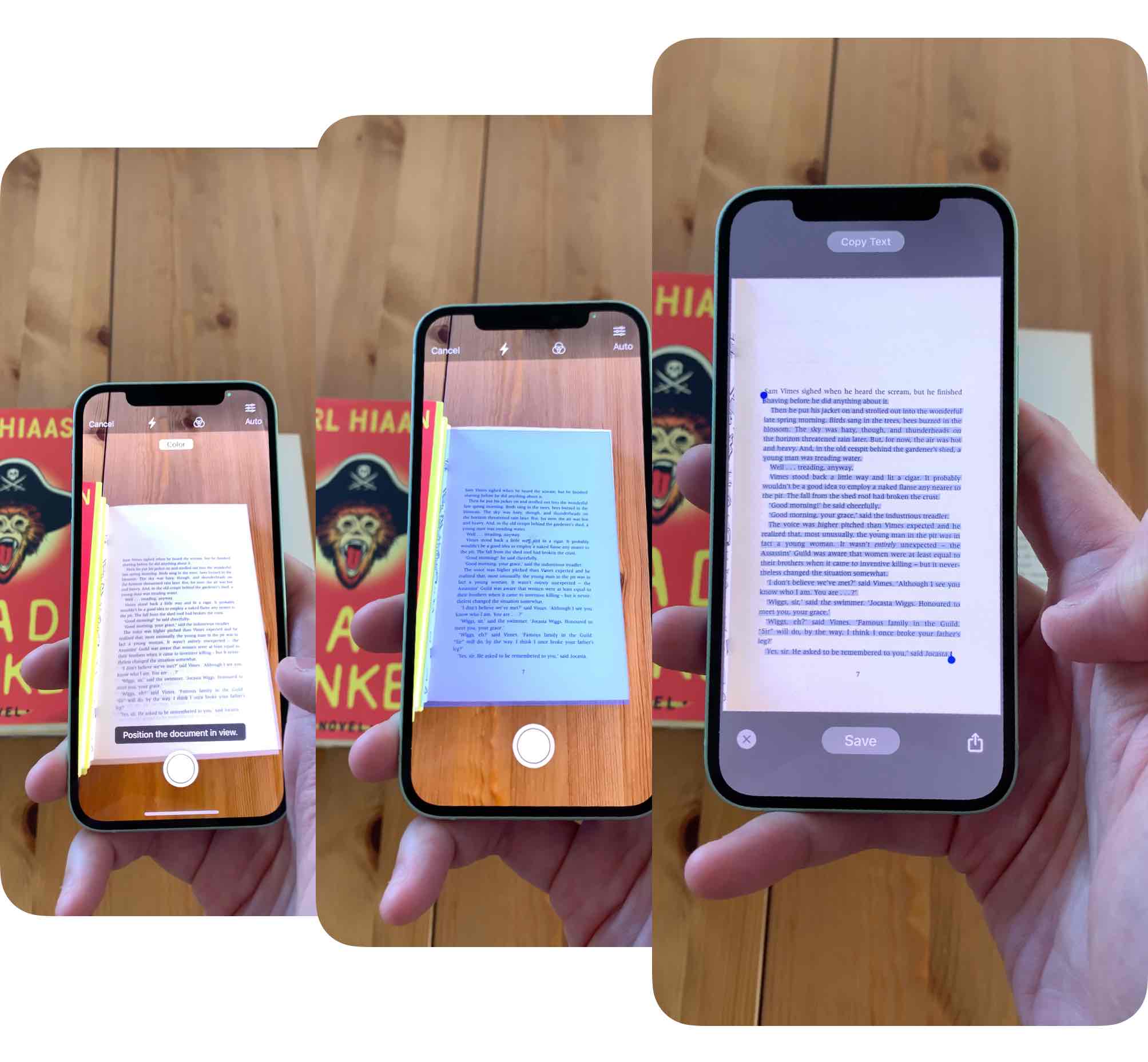Story1_The Veldt by Ray Bradbury:
The children are addicted to the bestiality of the African savanna, which remind me of the relationship between food and human. So here comes a device in my mind.
It is a wearable device allowing you to simulate the taste of dishes other than what you are having, by seeing pictures of the dishes you want to taste. It will quite fit those fitness fanatic or someone eagering to lose weight. Besides, it can also be used in hospital by patients or old people hard to have tasty food, improving there life quality and mental health. In terms of the existing technology and design, I found there were already some expriments to give people special sense of taste by vibration and feelings by neural inhibition, which might be used in the future. Here is one of them:
But in my idea, the machine can be smaller and lighter. It is hard to notice when having a meal, which makes the eating experience realistic and totally enjoyable.
Story2_The Ones Who Walk Away from Omelas by Ursula K. Le Guin:
–The happiest city in the world lived the most miserable child.
To recreate the sense of shock, here comes an idea probably shown in a room. When you step into the room, a wild garden comes into your sight where grass, animals, insects and flowers irregularity grow and live: some are bloomson, vivid, and beautiful, while some are withered, dying, or dead. In the middle of the room, there are platforms with some lively creatures on, like a dozing cat(a fake one, of course), a dandelions in full bloom, and a goldfish in water. Reviewing the guidance, you knowthat, only strongly chocking the throat/flower of the creature can make the gardon turn into a whole bloomson even include those dead, but the one you chock. Once you release your hands, the gardon will return to the wild one, in half a life and half a death. Which one you will choose to “perscue”? I hope it would remind peope the equality of lives; from the device, poeple can care for a creature more for its own sake rather than our perference.
Story3_The Plague by Yan Leisheng:
The concept is “catching a sense of time”, from the kiss spanning six thousand years in The Plague. Let’s start imagining. There is an exhibition displaying two rows of works, with a mirror-like screen behind/beside each to play a video about it, no matter its is the real history or a creative story. For each thing, serveral videos are created, including the real story of it and imaginative stories about it.
When you are certain distance away from it, only the inverted image can be seem in the mirror-like screen with reflection of the real world as a background. Then when you step closer to it, the background changes as time tracing back, which is actually upending the random story of the thing.
It should be noted that, the speed and progress of the story displaying is responding to the distance and speed of observer: The faster the visitor moves, the lower the playing speed will be; the closer the one is, the earlier the story progress will be, which means the video upends when getting closer and normally plays when stepping backward.
In terms of the exhibition’s influence, first, it’s expected to give people a clam experience to take some time enjoying a small visual show; second, it conbines the sense of body speed and time running, delivering a vivid sense of time; futhermore, the change of time speed may inspire people different angles to consider the meaning of time to different things in the world, helping them reflect on the natural law and their own life.
Later, I found my idea is not exact “an interactive artifact which currently does not exist“, so I took some time and came up with another idea:
An Instrument in the shape of a magnifying glass. When you Move the magnifying glass above something, you can see the process of its formation through the glass. The possible law behind this device might be that, big data collects knowledges and mediaIt of most of thing in the world and the device recognizes the thing beneath and simlates the process of forming. It can be used to police procedurals or medical treatments, helping experts quickly find related information and better work for lives and society. For the existing tech, I know there are some apps or functions in smartphone that can scan a thing, recognize it, and tell the user more information about it. (like this:

Updated:
a new idea for Story2: when you feel down, the device will recognize your low emotions and show you spotlights of people upset around(in the world)–help you feel not along anymore and make a connection with others in the world.
The problem is, the device might be dangerous if there are seldom people around–you might be targeted by someone bad to crime.
- Your invention should be concrete and imaginative.
- Research the existing technology and designs similar to your concept.
- Do you foresee any new problems caused by the existence of this invention?
